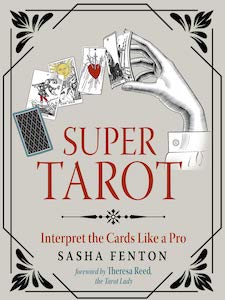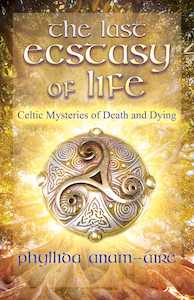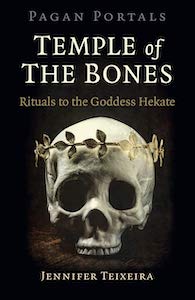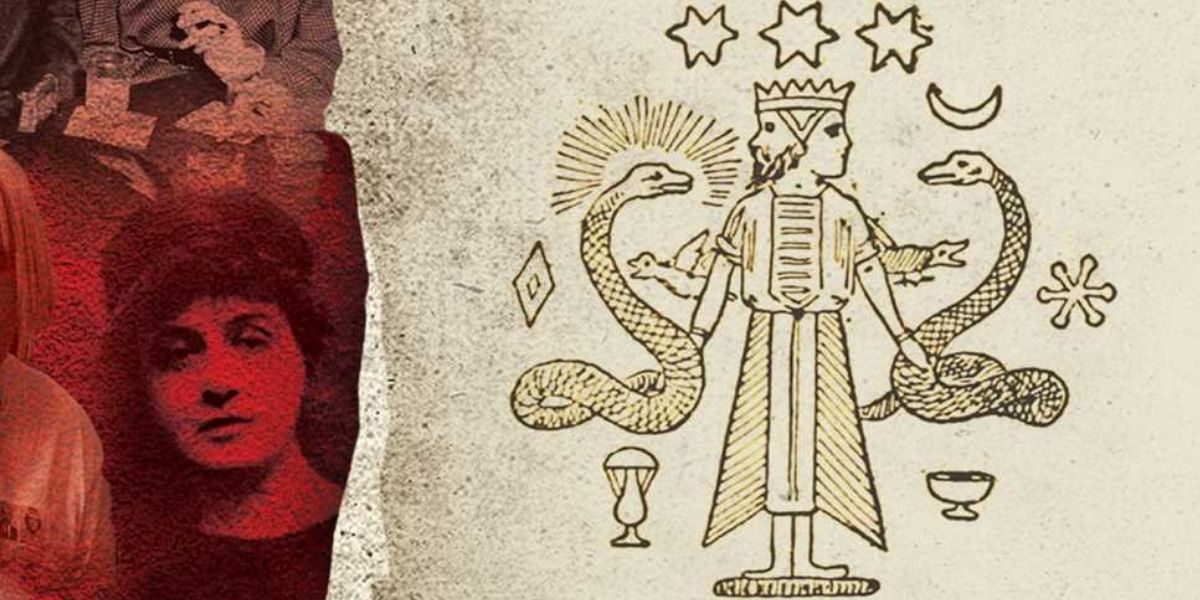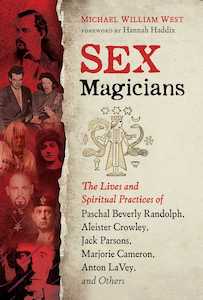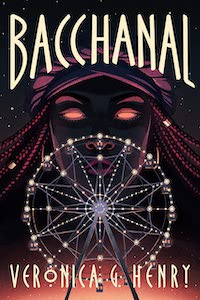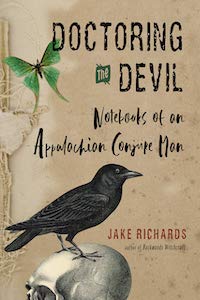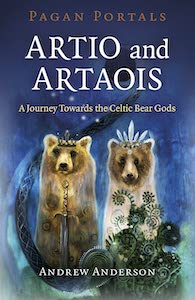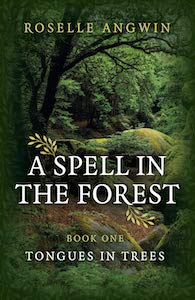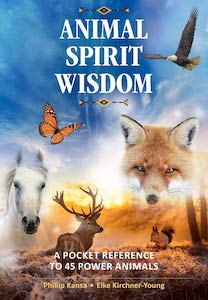
Animal Spirit Wisdom: A Pocket Reference to 45 Power Animals, by Philip Kansa and Elke Kirchner-Young
Earthdancer Books, 1644111154, 112 pages, May 2021
The lovely little paperback, called Animal Spirit Wisdom: A Pocket Reference to 45 Power Animals, by two shamans named Philip Kansa and Elke Kirchner-Young is a nice encouragement to open one’s mind to accepting the wisdom and assistance of animal spirits “energy from other dimensions,” as they write on page 8. Philip and Elke have been on a journey, for over 21 years between them, to share the wisdoms of this native tradition, known as Power Animals, or Animal Totems. I personally took their encouragement to heart as I read through this book, because I already have a love for animals in the world of mundane biology. I was quite interested in what the spiritual plane had to offer from animals too!
This book brought me a feeling of warmth and friendliness. I could really grasp the concept of calling a power animal to one’s side as a companion. This was my first true introduction to animal spirits, so I will need to gain more knowledge on the practice, before I might incorporate it into my own spiritual practices. That said though, I look forward to trying out the exercises written in this book, because unlike many other references I’ve seen, Animal Spirit Wisdom seems to take a gentle, guiding approach, rather than a strict format that stresses a lot on technique. That’s not to say the strict approach is wrong, however the easy going nature of this book seemed to match the writer’s intentions perfectly.
Reading through Animal Spirit Wisdom feels like you’re taking a spiritual walk on a path of nature with two friendly tour guides showing you the way. There is a schedule, for Philip and Elke shall also guide those next in line to be lead, but you must also stroll and allow the power animals to come along the path when you’re both ready to learn and grow from the experience.
Animal Spirit Wisdom is written in a succinct, organized style, and it features a clear and precise connection exercise with which to call on each of the 45 spirit animals referenced. Phillip and Elke also include a brief list of keywords and helpful descriptions for ideas on how calling forth any of the power animals may aid and protect you. Each spirit animal page contains adequately sourced and vivid images, which allow for the perfect visual aids for beginners.
I was only slightly confused by one part of this book, but I think that’s because I was taking things literally. I’ll only include my bamboozlement here, because I’m still not completely sure about it. On page 9 of Animal Spirit Wisdom, our shamans state “in order to discover your animal, make a spirit animal journey (see p. 12) with a shaman or another spiritual teacher.” As shown in the quote, there is another page number listed to see. On page 12 there is a whole exercise titled “A Spirit Animal Journey.”
Now, since our authors are shamans themselves, I’m inclined to believe they are indeed the “shamans with us,” so to say, on this particular journey. I don’t know if this might seem nit-picky, but I honestly wasn’t sure if that’s how I’m supposed to read these particular sections, or if I should actually contact either shaman directly and seek their counsel, as it were. Either way, don’t let the confused mutterings of a beginner sway you. The aforementioned curiosity didn’t take anything away from the book’s experience at all. I simply wish to remain transparent and forthcoming with my review.
Overall, Animal Spirit Wisdom by Phillip Kansa and Elke Kirchner-Young was a truly impactful and enlightening reading experience. I would absolutely recommend this book to anyone, of any level, who is interested in acquiring an introduction to the tradition of spirit animals. I genuinely believe the two beautiful shamans who put this book together delight in sharing this very knowledge with you. After my journey through these pages, I am moved to see the animals around me in a much more spiritual light. I wonder if the power animals will know my awe for them. Yeah, they probably will, as they’re the ones with the wisdom, after all.

Name’s Spencer. I use he/they. I’m just a queer disabled bookworm who’s been given a wonderful opportunity here! I love cats, nature, and spiritual stuff. Also, I’ve an unrivaled sweet tooth.


